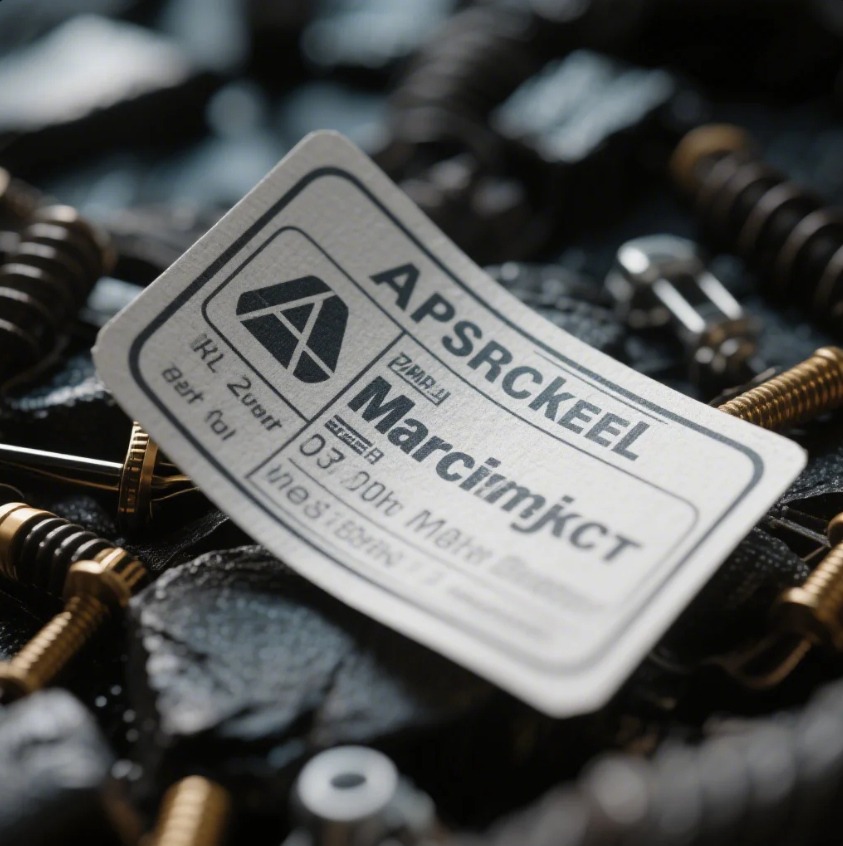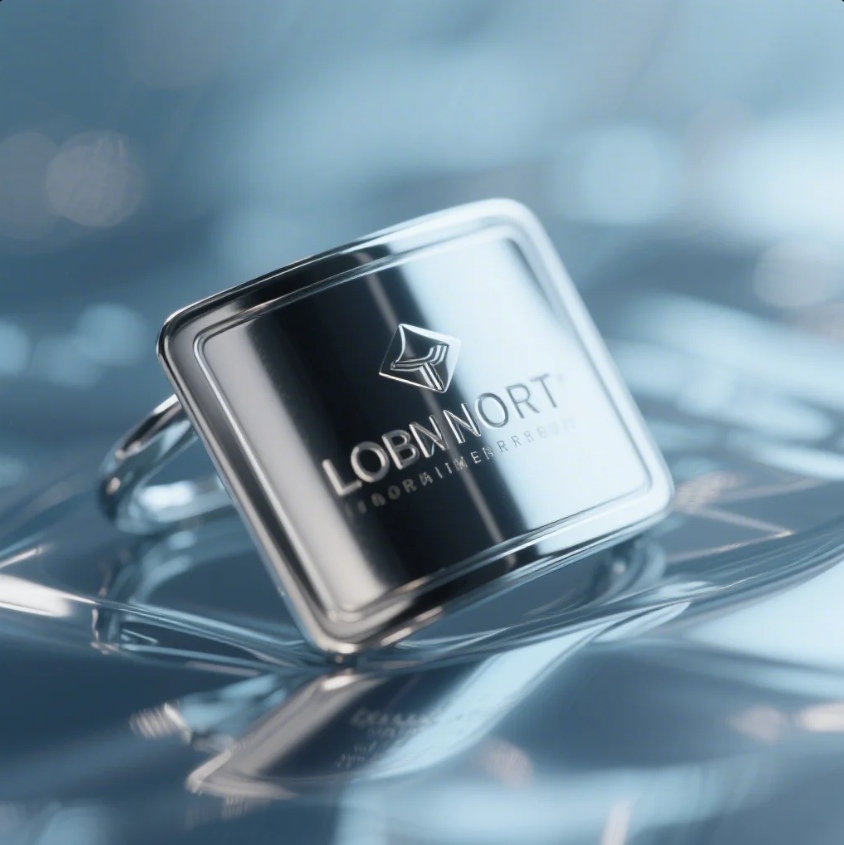Why Are Plastic Parts Critical for Modern Medical Devices?
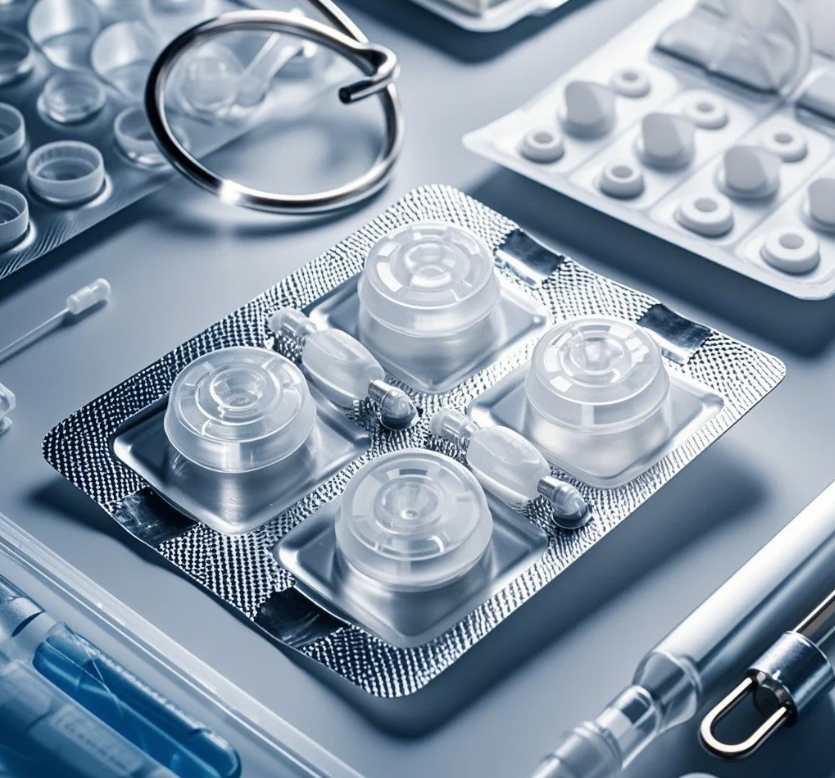
Medical devices demand ultra-clean, durable, and biocompatible plastic parts for safe patient care. At Prime, we produce over 1 million medical-grade components annually, from surgical tools to MRI-safe housings.
Plastic medical parts prevent infections (single-use designs), survive sterilization (autoclave/EtO resistance), and enable lightweight portability (IV pumps, prosthetics). Key materials like PEEK, PC, and medical-grade PP meet FDA/ISO 13485 standards while reducing costs 40-60% versus metal alternatives.
Here’s how plastics revolutionize healthcare:
1. Why Must Medical Plastics Be Biocompatible?
Any material touching skin/blood must prevent toxic reactions.
**Our most-requested compliant materials:
- PEEK (spinal cages, withstands 300°C steam sterilization)
- Polycarbonate (transparent surgical housings, gamma-ray resistant)
- TPE (soft-touch insulin pump grips, latex-free)**
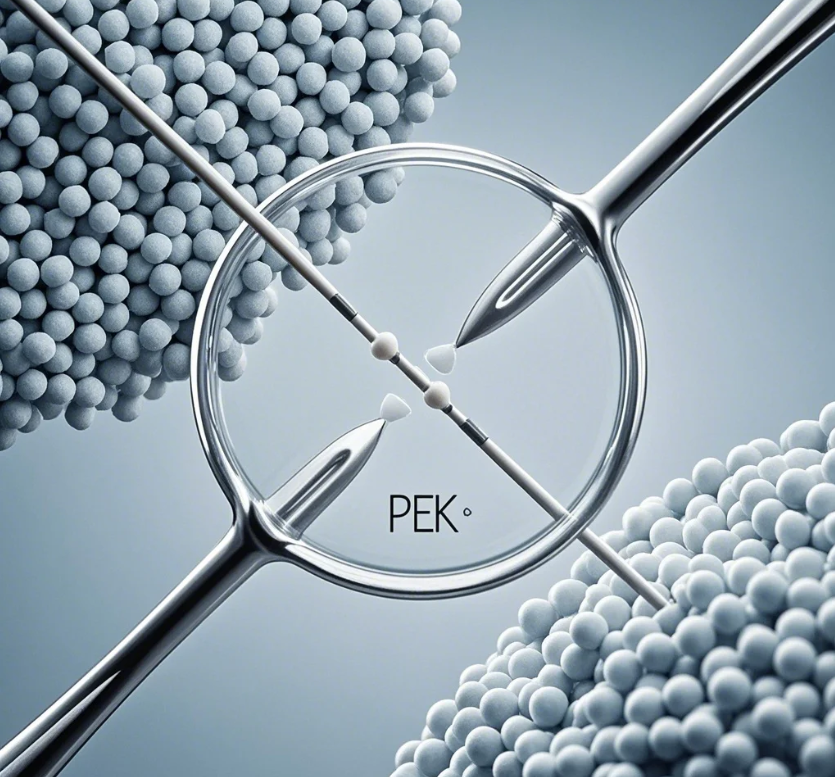
Biocompatibility Standards Comparison
| Material | ISO 10993 Test | Common Medical Uses |
|---|---|---|
| PEEK | Class VI (full-body contact) | Orthopedic implants |
| Polypropylene | Class V (limited exposure) | Syringe barrels |
| Silicone | Class VI (long-term implants) | Catheters |
2. How Does Plastic Ensure Sterility?
Disposable plastics eliminate reprocessing failures.
**Critical applications we supply:
- Luer lock connectors (prevents IV leakage, single-use)
- PETG blister packs (protects scalpels from contamination)
- PTFE tubing (non-stick surfaces resist bacterial growth)
Saves hospitals $12B yearly in sterilization costs (HCWH data).**
Sterilization Methods by Plastic Type
| Plastic | Max Autoclave Temp | Ethylene Oxide Safe? | Radiation Stable? |
|---|---|---|---|
| PPSU | 134°C | Yes | Yes |
| PC | 121°C | No (clouds) | Limited |
| HDPE | 110°C | Yes | Yes |
3. Can Plastics Improve Diagnostic Equipment?
MRI/CT scanners need non-metallic, radio-transparent materials.
**Our breakthroughs in imaging:
- Carbon fiber-reinforced PETG (X-ray transparent surgical tables)
- ABS+PC blends (ultrasound probe housings, 30% lighter)
- Conductive plastics (EEG sensor mounts, no signal interference)**
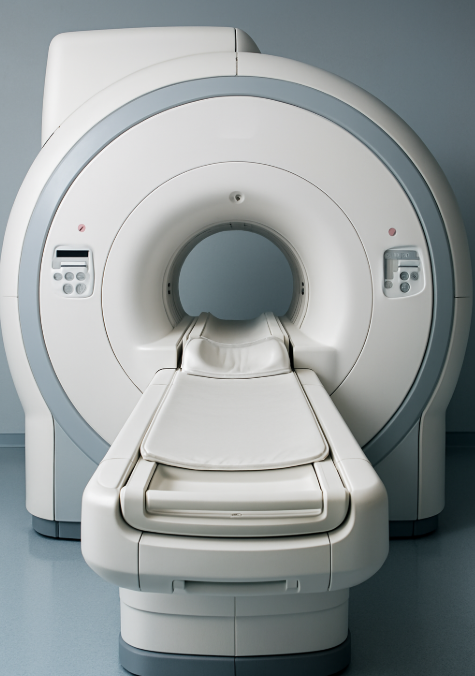
4. Why Use Plastics in Wearable Medical Devices?
Lightweight flexibility enables 24/7 patient monitoring.
**Key projects we’ve delivered:
- TPU patches (stretchable ECG electrodes, survives sweat)
- Nylon 12 CPAP mask frames (skin-safe, weight <40g)
- POM gears (insulin pump mechanisms, <0.5dB noise)**
Wearable Material Requirements
| Property | Patch | Mask | Pump |
|---|---|---|---|
| Flexibility | ★★★★★ | ★★☆ | ★☆☆ |
| Skin Contact | Yes | Yes | No |
| Waterproof | Yes | No | Yes |
5. How Do Plastics Reduce Healthcare Costs?
Mass production slashes prices versus glass/metal.
**Prime’s cost-saving solutions:
- Overmolded needle hubs (50% cheaper than stainless steel)
- Microfluidic chips (lab-on-a-chip devices, $0.10/unit)
- PP/PE packaging (extends drug shelf life 2x)**
Conclusion
From implantable PEEK to disposable syringes, medical plastics save lives while cutting costs. Prime’s ISO 13485-certified production delivers sterile, precision-molded parts for GE Healthcare, Medtronic, and more. Need FDA-compliant components? We mold safety.

